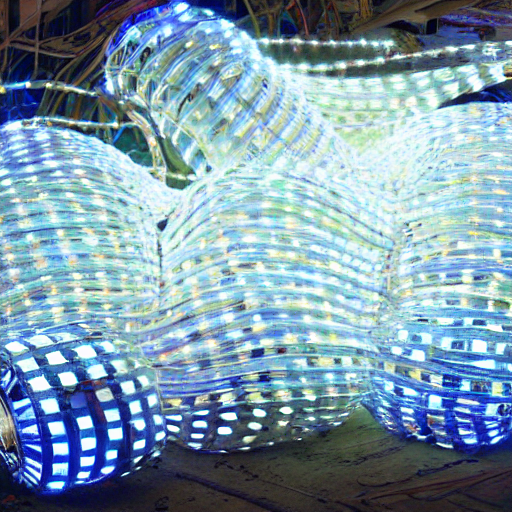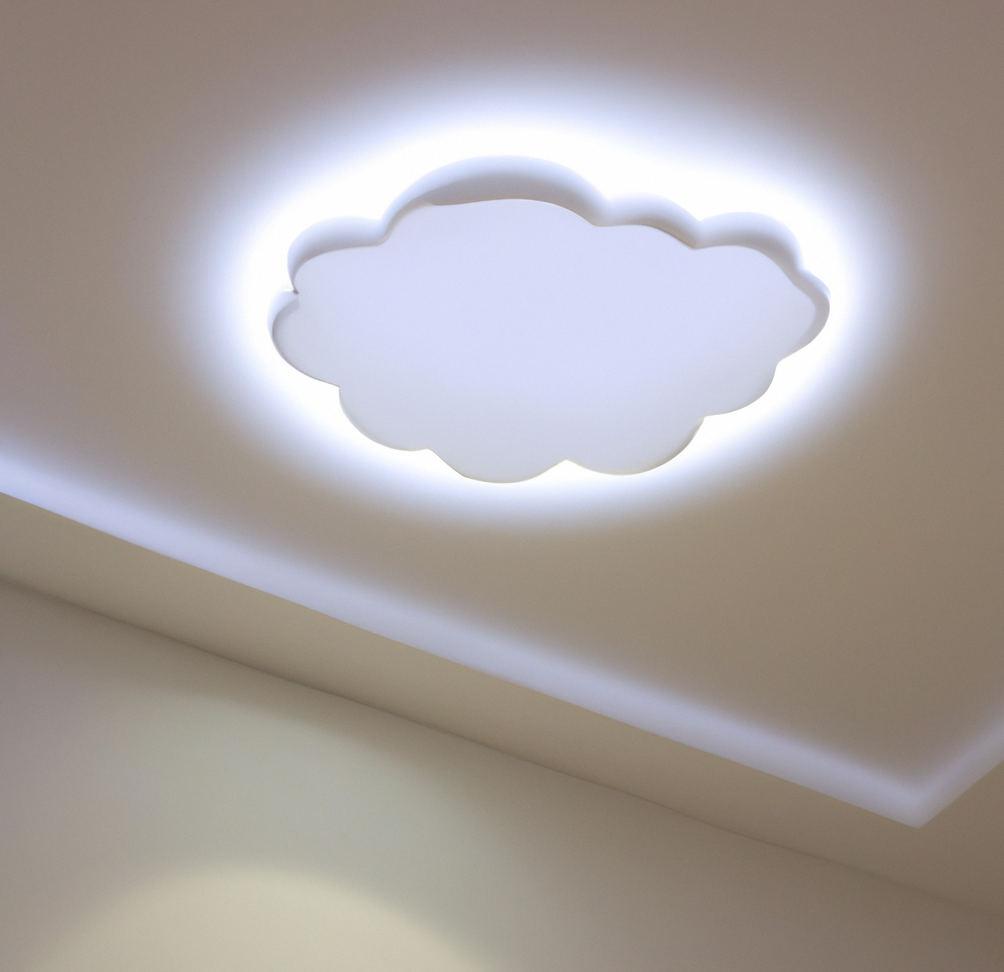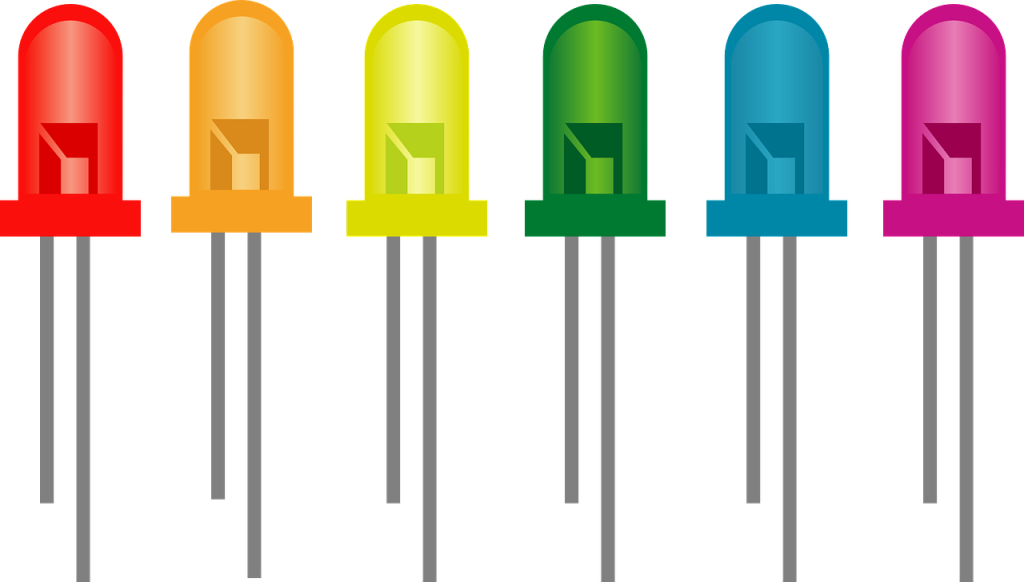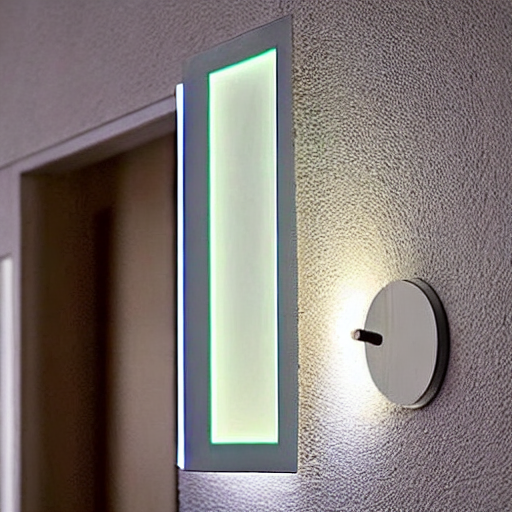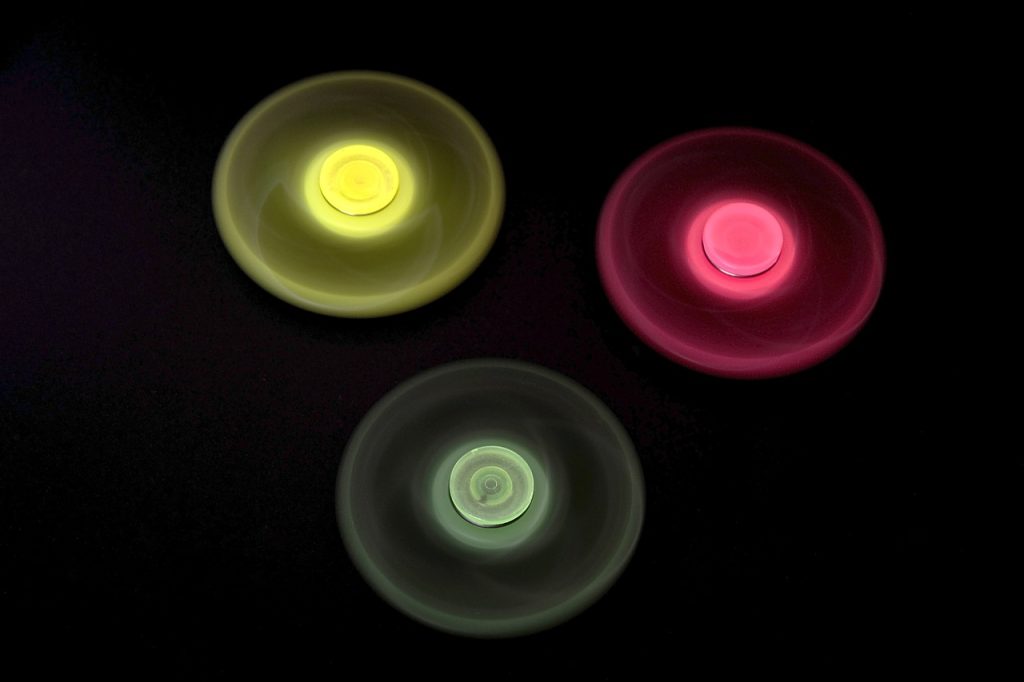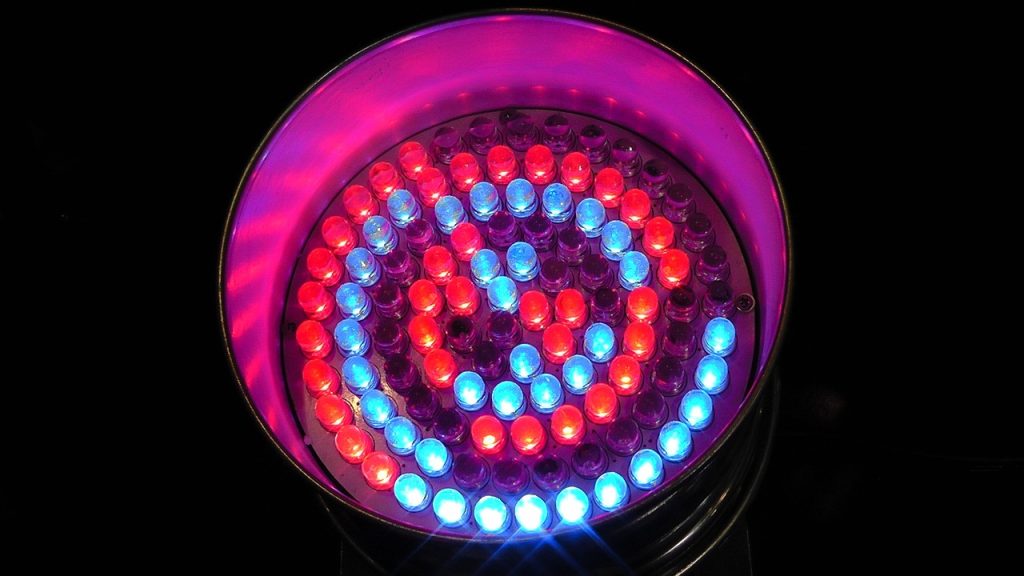Introduction
When it comes to lighting, color temperature plays a crucial role in determining a space’s overall appearance and ambiance. Measured in Kelvin (K), color temperature refers to the hue of a light source and can range from warm to cool tones. Choosing the right color temperature for a particular setting can greatly impact how a person perceives and experiences the space.
What are 4000k and 6000k?
Two commonly used color temperatures in lighting are 4000k and 6500k. Understanding the differences between these two options can help individuals make informed decisions about their lighting choices. This article will provide an in-depth comparison of 4000k vs 6500k lighting, including their appearance, common uses, and advantages.
4000k lighting is often referred to as cool white and has a slightly warmer hue this type of lighting is commonly used in office spaces, hospitals, schools, and other settings where a neutral white light is desired. 4000k lighting is known to reduce eye strain and improve productivity, making it a popular choice for tasks that require extended periods of focus.
6500k lighting, on the other hand, is often referred to as daylight and has a much cooler hue compared to 4000k lighting. This type of lighting is commonly used in photography studios, graphic design work, and other settings where accurate color representation is essential. 6500k lighting is known to enhance color accuracy and improve visibility, making it a preferred choice for tasks that require precise color matching.
In conclusion, both 4000k and 6500k lighting have unique characteristics and uses. When choosing the right color temperature for lighting, it is essential to consider a space’s specific needs and requirements. This article will delve deeper into the differences between 4000k and 6500k lighting and provide a comprehensive overview of their advantages and applications.
4000k vs 6500k: A Comparison
When choosing the right color temperature for lighting, it is important to consider a space’s specific needs and requirements. Both 4000k and 6500k lighting have unique characteristics and use, and understanding the differences between these options can help individuals make informed decisions about their lighting choices.
One of the main differences between 4000k and 6500k lighting is the appearance of the light itself. 4000k lighting has a slightly warmer hue than daylight and is often referred to as cool white. This type of lighting has a neutral white appearance that is not too warm or cool, making it suitable for a wide range of settings and tasks.

6500k lighting, on the other hand, has a much cooler hue compared to 4000k lighting. This type of lighting is often referred to as daylight and has a bright, blue-white appearance similar to the sun’s natural light. 6500k lighting is known for enhancing color accuracy and improving visibility, making it a preferred choice for tasks requiring precise color matching.
In terms of typical uses, 4000k lighting is often used in office spaces, hospitals, schools, and other settings where a neutral white light is desired. This type of lighting is known to reduce eye strain and improve productivity, making it a popular choice for tasks that require extended periods of focus.
On the other hand, 6500k lighting is commonly used in photography studios and graphic design work in different settings where accurate color representation is essential. This type of lighting is also often used in outdoor environments where a natural, daylight-like appearance is desired.
In summary, 4000k lighting has a neutral white appearance and is commonly used in settings where a warm white light is desired, while 6500k li. In contrast, it has a bright, blue-white appearance and is widely used in settings where accurate color representation is important. Understanding the differences between these two color temperatures can help individuals choose the right lighting for their specific needs and requirements.
4000k Lighting
4000k lighting, also known as cool white lighting, has a hue that is slightly warmer than daylight and is often referred to as a neutral white light. This type of lighting is commonly used in many settings, including office spaces, hospitals, schools, and other settings where a warm white light is desired.
One of the main advantages of using 4000k lighting is its ability to reduce eye strain and improve productivity. The neutral white appearance of 4000k lighting is easy on the eyes and can help to reduce fatigue and discomfort during tasks that require extended periods of focus. This makes it a popular choice for office spaces and other settings that are performed for long periods of time.
In addition to its eye-friendly qualities, 4000k lighting is also known for its versatility. Its neutral white appearance makes it suitable for a wide range of settings and tasks, and it can be used to create a variety of ambiances depending on the needs of a space.
Other common uses for 4000k lighting include illuminating hallways and corridors, lighting up retail spaces and showrooms, and providing general lighting in residential settings. Its neutral white appearance makes it popular for creating a warm and welcoming atmosphere in homes.
In conclusion, 4000k lighting has a neutral white appearance and is known for its ability to reduce eye strain and improve productivity. Its versatility and warm white appearance make it a popular choice for a wide range of settings and tasks.
6500k Lighting
6500k lighting, also known as daylight lighting, has a much cooler hue compared to 4000k lighting and is often referred to as a bright, blue-white light. This type of lighting is commonly used in settings where accurate color representation is important, such as photography studios and graphic design work.
One of the main advantages of using 6500k lighting is its ability to enhance color accuracy and improve visibility. The bright, blue-white appearance of 6500k lighting is similar to the sun’s natural light. It can help accurately represent the colors of objects and surfaces accurately, a preferred choice for tasks that require precise color matching, such as graphic design work and color-critical jobs in printing and manufacturing.
In addition to its color accuracy benefits, 6500k lighting is also known for its ability to improve visibility. The bright, blue-white light of 6500k lighting can help enhance contrast and clarity, making it easier to see details and small objects. This makes it a popular choice for tasks requiring high precision levels, such as microsurgery and electronics assembly.
Other common uses for 6500k lighting include illuminating outdoor spaces, providing general lighting in residential settings, and enhancing the appearance of jewelry and other high-end products in retail settings. Its bright, blue-white appearance and ability to accurately represent colors make it a popular choice for creating a natural, daylight-like atmosphere in homes and other settings.
In conclusion, 6500k lighting has a bright, blue-white appearance and is known for its ability to enhance color accuracy and improve visibility. Its natural, daylight-like appearance and color accuracy benefits make it a popular choice for tasks that require precise color matching and high levels of precision.
Conclusion: Choosing the Right Color Temperature for Your Lighting Needs
This article thoroughly compared 4000k vs 6500k lighting, including their appearance, common uses, and advantages. We have also explored the unique characteristics of each type of lighting and the specific needs and requirements for which they are best suited.
To summarize, 4000k lighting has a neutral white appearance and is commonly used in settings where a warm white light is desired. It is known for its ability to reduce eye strain and improve productivity, and its versatility and warm white appearance make it a popular choice for a wide range of settings and tasks.
On the other hand, 6500k lighting has a bright, blue-white appearance and is commonly used in settings where accurate color representation is important. It is known for its ability to enhance color accuracy and improve visibility. Its natural, daylight-like appearance and color accuracy benefits make it a popular choice for tasks that require precise color matching and high levels of precision.
In conclusion, the choice between 4000k and 6500k lighting depends on a space’s specific needs and requirements. Both types of lighting have their own unique characteristics and advantages, and understanding the differences between them can help individuals choose the proper lighting for their specific needs.
Frequently Asked Questions
What is color temperature?
Color temperature refers to the hue of a light source and is measured in Kelvin (K). It determines whether a light appears warm or cool and can range from warm tones (low Kelvin) to cool tones (high Kelvin).
What are the main differences between 4000k and 6500k lighting?
The main differences between 4000k and 6500k lighting are their appearance and typical uses. 4000k lighting has a neutral white appearance and is commonly used in settings where a warm white light is desired, while 6500k li. In contrast, it has a bright, blue-white appearance and is widely used in environments where accurate color representation is essential.
What are the common uses of 4000k lighting?
Common uses of 4000k lighting include illuminating office spaces, hospitals, schools, and other settings where a warm white light is desired. It is also commonly used to illuminate hallways and corridors, light up showrooms, and provide general lighting in residential settings.
What are the common uses of 6500k lighting?
Common uses of 6500k lighting include illuminating photography studios, graphic design work, and other settings where accurate color representation is important. It is also commonly used to illuminate outdoor spaces, provide general lighting in residential settings, and enhance the appearance of jewelry and other high-end products in retail settings.
What are the advantages of using 4000k lighting?
The advantages of using 4000k lighting include reduced eye strain and improved productivity due to its neutral white appearance, as well as its versatility and ability to create a warm and welcoming atmosphere in a variety of settings.
What are the advantages of using 6500k lighting?
The advantages of using 6500k lighting include enhanced color accuracy and improved visibility due to its bright, blue-white appearance, as well as its natural, daylight-like appearance and ability to represent colors accurately. It is also a popular choice for tasks that require precise color matching and high levels of precision.
